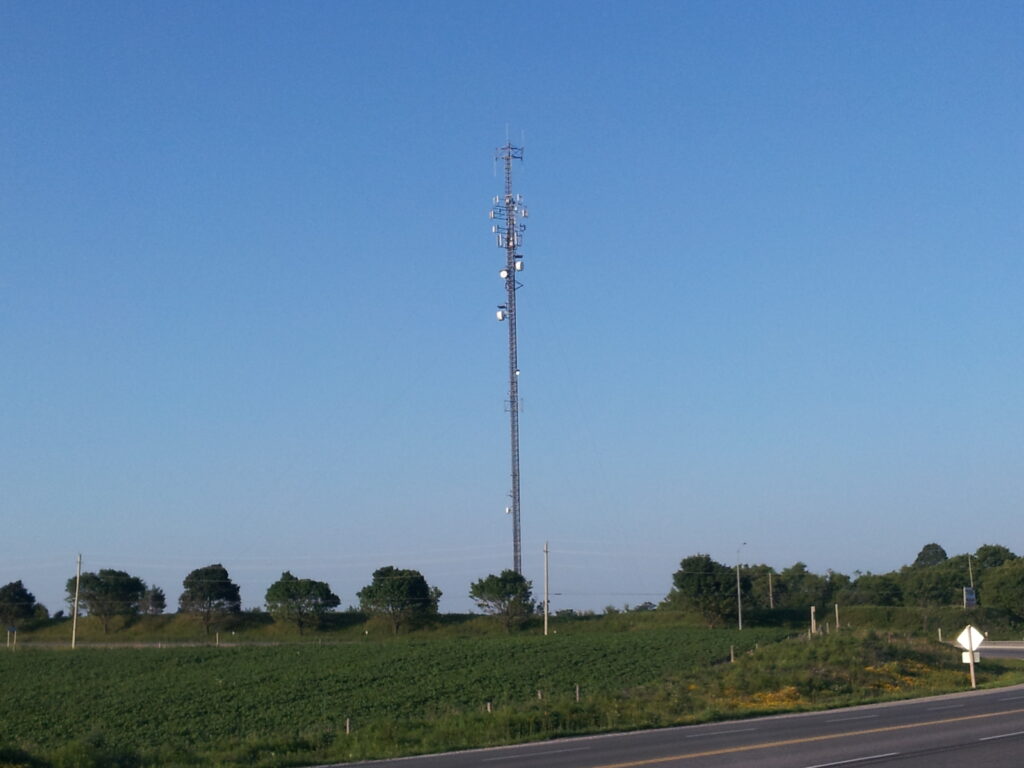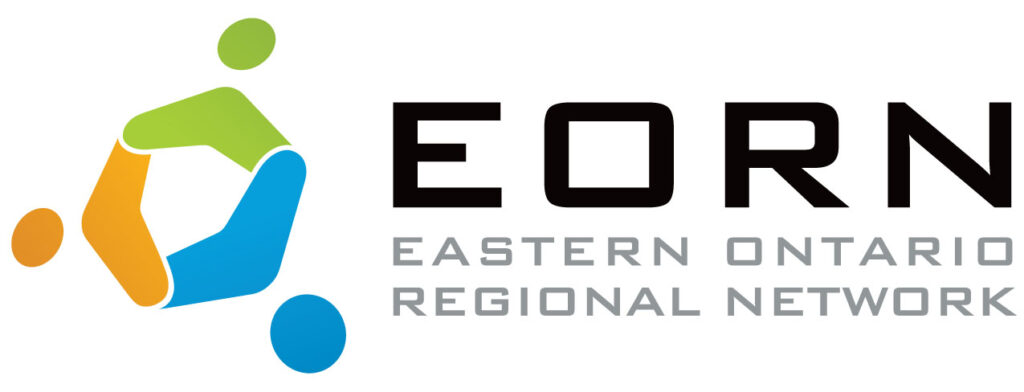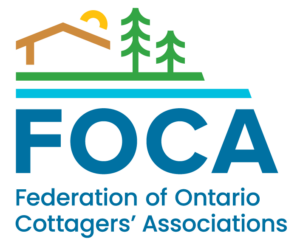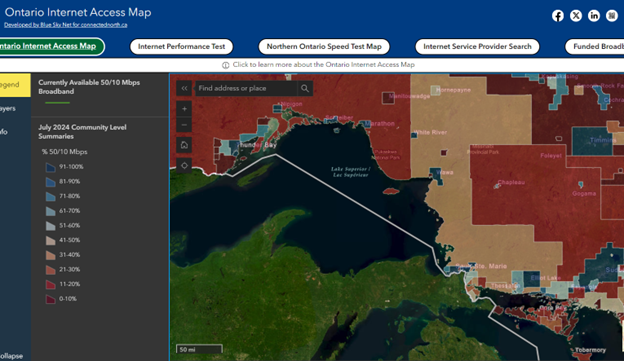
Waterfront property owners represent a major customer group for rural cell, Internet and broadband services.
FOCA advocates on priority rural issues including expanded rural and northern broadband and cell service. FOCA recognizes the limitations currently experienced by rural Ontarians, and is supportive of the expansion of high speed Internet and cellular coverage throughout rural and northern Ontario.

March 2025 – the Province of Ontario announced it is ‘ripping up’ the $100M contract with Elon Musk’s Starlink, in wake of the US tariffs. Premier Ford announced that the shift to a Canadian company will add another two years on the timeline to deliver coverage to 15,000 people in the remote and rural areas. Read the news from CBC.
EARLIER RELATED NEWS:
November 2024 – Province inks $100M deal with Starlink to provide internet to 15,000 homes and businesses in northern Ontario: new Ontario Satellite Internet (ONSAT) program will see the Province cover equipment and installation fees for the service (CBC News Sudbury). Quotable: “homes and businesses that qualify for the service will be able to register in the spring of 2025”.

Cottage country areas tend to be remote, rocky, and difficult to service. Uneven coverage affects many FOCA members.
Broadband internet service is a critical part of rural infrastructure and essential to support residents, local businesses and our communities.

Check your Internet speed with the CIRA online test.
Also, visit the Ontario Internet Access Map to see how much of your area has 50/10 Mbps Broadband available currently.
Visit Ontario’s webpage for updates about projects in various parts of the province: https://www.ontario.ca/page/ontario-connects-making-high-speed-internet-accessible-in-every-community. Zoom in and click your local area to see projected completion dates for the various projects being undertaken by service providers.
As FOCA members heard in a presentation at the 2020 Fall Seminar, the federal government’s goal is for all Canadians to have access to high-speed Internet of at least 50 Megabits per second download and 10 megabits per second upload speeds (50/10). Information on the Universal Broadband Fund is online here.
Siting Cell Towers in Cottage Country:
Wondering how cell tower siting decisions are made in your community? Consult EORN’s Tower Siting Resource Guide (download the PDF, 20 pages)
For more, visit FOCA’s related webpage about Energy & Cell Project Siting.

Recent News and Earlier Regional Developments:
December 6, 2023 – Rogers expands 5G to 15 regions in eastern Ontario as part of Cell Gap Project (MobileSyrup.com) – areas getting Rogers 5G include the counties of Renfrew, Northumberland, Haliburton, Lennox & Addington, Peterborough, Frontenac, Hastings, Leeds & Grenville and more
July 12, 2023 – Governments of Canada and Ontario invest $54 million to bring high-speed Internet access to more than 20,000 homes in 83 “underserved communities in Ontario” with Rogers Communications. From the media release: “Today’s announcement builds on the Government of Canada’s progress toward ensuring that 98% of Canadians have access to high-speed Internet by 2026, and 100% by 2030.”
June 15, 2023 – Governments of Canada and Ontario invest over $71 million to bring high-speed Internet access to more than 22,000 homes in 74 communities across eastern Ontario with Cogeco & Bell Canada. (More about the 74 communities)
June 14, 2023 – Improved Cell Service in Eastern Ontario – the Eastern Ontario Regional Network, the Ontario Ministry of Infrastructure, Infrastructure Canada and Rogers Communications announced that Rogers 5G mobile services are now available in 9 previously underserved eastern Ontario areas.
June 3, 2023 – Fibre optic internet coming to more county homes (Quinte News)
June 2, 2023 – Rogers to begin construction on expanded broadband network June 5 (TheCounty.ca)
January 2023: EORN (the Eastern Ontario Regional Network) has provided an update on their Cell Gap Project, with projections for Haliburton County in particular. Click to download the update (PDF, 1 page)

Please note: the following is archival material, and some links to third-party resources may no longer be active.
November 14, 2014 – Ontario’s largest rural broadband network is now complete, thanks to funding from the governments of Canada and Ontario, the Eastern Ontario Wardens’ Caucus Inc., and private sector partners.
The Eastern Ontario Regional Network (EORN) project covers 50,000 square kilometres, and serves over 90% of this region of more than one million people with high-speed Internet service.

EORN covers the counties of Hastings, Peterborough, Renfrew, Northumberland, Haliburton, Frontenac, Lanark, Prince Edward, Lennox and Addington, the United Counties of Stormont, Dundas and Glengarry, the United Counties of Prescott and Russell, the United Counties of Leeds and Grenville, as well as the City of Kawartha Lakes. (check out this video of Eastern Ontario)
Learn more at the EORN website.



